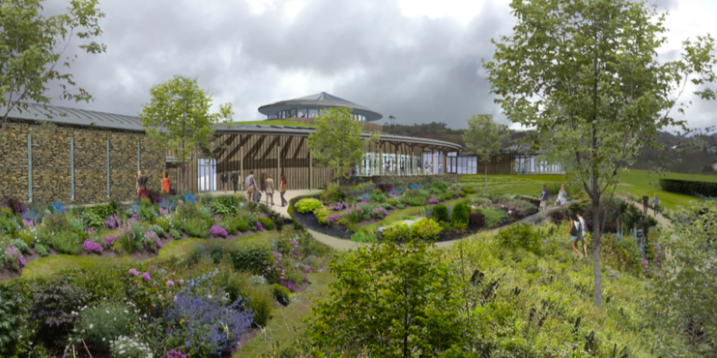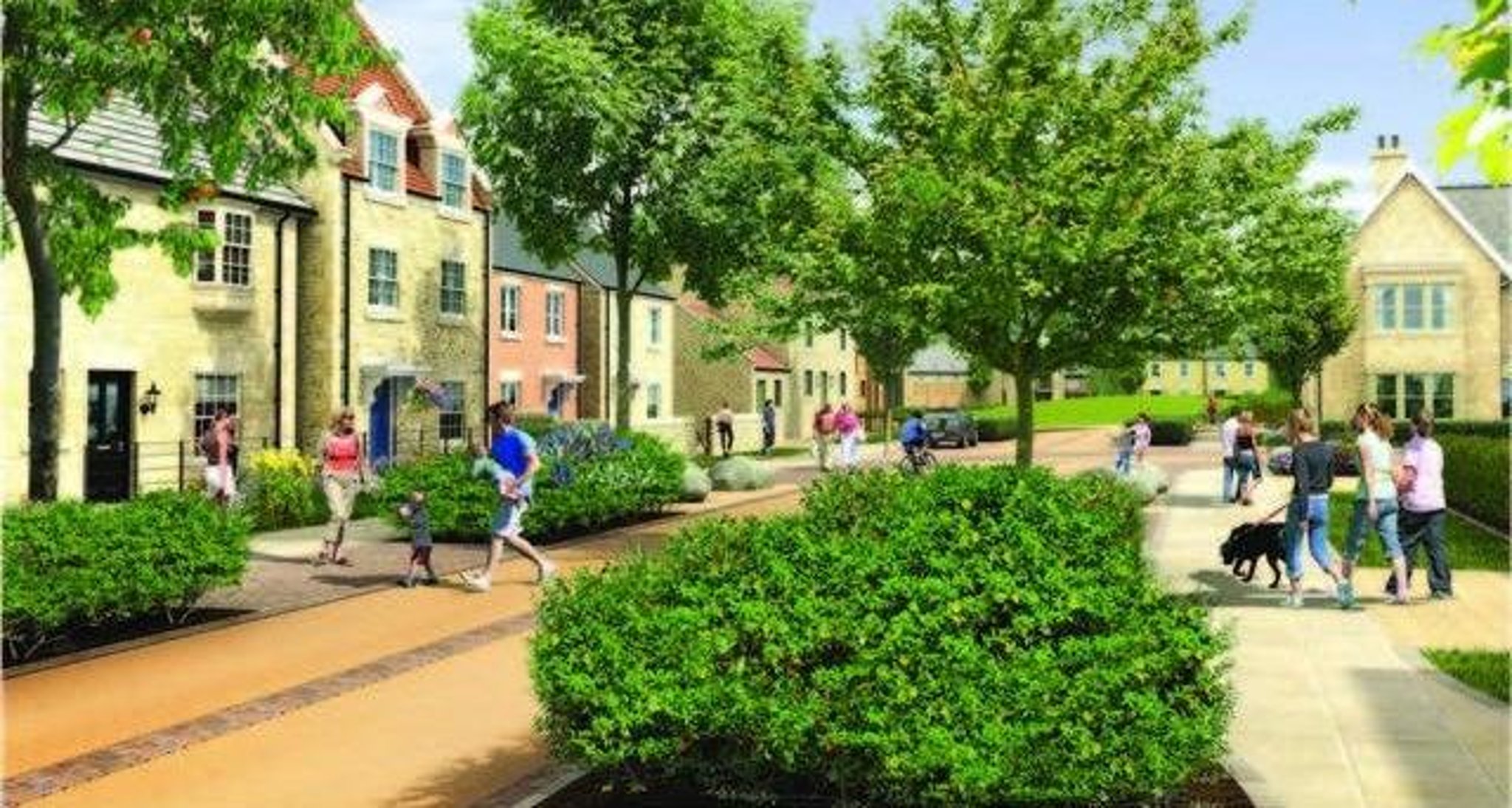Not all planning projects receive a warm welcome.
Between October and December 2021, according to UK government statistics, 13% of planning applications made to local councils in England were either refused or pulled. When planning applications are refused, it often also indicates a breakdown in productive conversations with external project stakeholders, including residents and the council. At this point, substantial time and money have been spent. Designs will need to be reworked, and in many cases, the project is abandoned altogether.
Maintaining effective and transparent communication with local stakeholders, the public, and the council is essential throughout the pre-application phases.
In this article, we’ll see that it’s not just about the design quality that guarantees planning application success. Even projects that demonstrate architecturally strong designs can be rejected. Controversial, unconventional, or large projects will inadvertently draw critique. Effective, consistent, and early engagement is often key to understanding critique and delivering successful outcomes.
How planning applications are granted
Let's recap on how planning applications are approved. For this article, we focus on planning projects in England.
Permission for the vast majority of projects is granted under “delegated authority” by a planning officer. According to government statistics, 94 per cent of applications in the year up to March 2019 were granted under delegated authority.
The remaining 6% of decisions were made by planning committees. This usually includes large or controversial applications. For example, according to Eden District Council, planning applications can go to committee for the following reasons:
- Approvals would be contrary to policy
- Applications are of a major, controversial, or sensitive nature
- Applications which have aroused significant public interest on valid planning grounds (public objections)
- An objection from a statutory consultee
- Applications subject to a Parish Council objection on valid planning grounds
- Applications subject to a request by an objector to address the Planning Applications Committee
- Applications requested by a Member to go to Committee
- Applications where the recommendation is contrary to that of a statutory undertaker, for example, the Highways Authority
It is not unusual for applications with a large number of objections tend to called in to be reviewed by the planning committee, to provide an extra level of public scrutiny before a planning application is given the go ahead.
How do objections to planning applications impact planning success?
Planning applications are not decided on basis of a popular vote. However, objections to planning applications impact the time it takes for the council to decide a planning application. This is in particular the case if objections are raise by organisations, who need to be consulted, as their feedback carries additional weight.
Generally, objections can raise substantial material planning grounds. If those material concerns are valid, it will certainly reduce the chance for approval, and require additional investigation by officers and applicant. In that case, the planning officer can refer the planning to the planning committee at the local authority.
Generally, planning applications that go to the planning committee will take much longer to determine. Planning committees meet at monthly intervals. The planning committee members might need to undertake a site visit. It can take a significant amount of time to coordinate a site visit. All committee members who would eventually vote would also need to partake in a site visit.
Examples of refused applications
The signs of an unsuccessful application can become apparent long before making a final application. Planning failure, loss of substantial funds, and negative stories in newspapers can be averted with significant early stakeholder engagement. Objections to planning applications are not the driving reason for refusal but part of it.
Gillyflower Farm Education Centre by Sir Tim Smit (link) — Status: Rejected

What’s this project about? Generation of an education centre for horticulture, agronomy and cookery on a Cornish hillside
Who’s the applicant? Sir Tim Smit (Eden Project)
Where was the project? Lostwithiel, Cornwall
What happened? The education centre development was rejected at planning committee seven to four against the project. This was preceded by substantial civic resistance to the project including slogans such as “Orchard my arse” and opposition by the parish council. Smit, the applicant, later expressed surprise for the substantial opposition and noted that more consultation earlier might have given the project “less bumpy ride”.
What was the engagement strategy like? The project produced a video and distributed this during Dec 2020 via the town council website and Facebook pages. The architect collated comments. In July 2021, after a planning application was made, the planning consultant ran another consultation, arranging Zoom sessions, a newsletter, and a project website to save the doomed application.
What reasons were listed for refusal? The development falls within an Area of Outstanding Scenic Beauty. In addition, the development went against the new neighbourhood plan, which barred development in that area. The town council spoke against the project three times.
What was the balance of objections to supporting comments? Of 396 comments, 318 were objections, 60 were in favour.
Dissington Garden Village by Lugano — Status: Rejected

What’s this project about? Development of 1,600+ new homes in a stand alone development near Ponteland, Northumberland.
Who’s the applicant? Lugano Group
Where was the project? Ponteland, Northumberland
What happened? Lugano has held farmland near Ponteland for a long-term development opportunity. In 2017, the council provided a ‘minded-to-approve’ note, however, after the local election, a subsequent planning application was refused in 2019, causing a £10m high court appeal.
What was the engagement strategy like? The application documents are now no longer accessible on the planning portal. At the time, despite extensive activities, the report mentions that 80 people attended a public meeting. A website was generated, too. Nevertheless, the statement of community involvement only listed three public comments and provided nothing near a deep analysis of consultation response.
What reasons were listed for refusal? A core reason for refusal was the change in government. The incoming Conservative government pushed for enhanced protection of green belts throughout the council. Already, a 2013 applications for a much smaller project by the developer already resulted in a publicity-worthy legal fight with the council.
What was the balance of objections to supporting comments? At the time of the 2013 application, the council received 4,310 letters of opposition and 487 letters of support.
Conclusions: Understand key concerns before applying
Objections will push up the determining phase, potentially moving the application on to the planning committee. Objections alone cannot be the ground for refusal, but valid and material concerns with in them can.
Early engagement with local authorities and citizens delivers many benefits in understand and handling local concerns. See: Working with the council: How to prepare for productive pre-app meetings
Planning applications are refused on material grounds. Objections can add additional scrutiny of planning issues that could have been considered at design stage can add substantial additional cost at planning stage.
At the point of determination of the planning application, no objection should come as a surprise. You’ll have listed and understood concerns from all local parties, including residents. This will be clear from your Design and Access Statement and the Statement for Community Involvement.
Successful projects pick up on ideas and sentiments of local stakeholders early on to enable a soft landing of a planning application. You don’t want to be in a position where your application is deferred to committee, where it is determined that the project itself has had insufficient levels of community involvement.
Explore the PlaceChangers planning toolkit

PC Engagement tool - Market leading interactive planning consultations
Set up powerful 2D and 3D map surveys and polls for your planning or construction project and adapt proposals easily.

PC Site Insights tool - Place analytics tool for town planning
Make use of powerful place analytics to support briefs, engagement planning, and impact statements.
